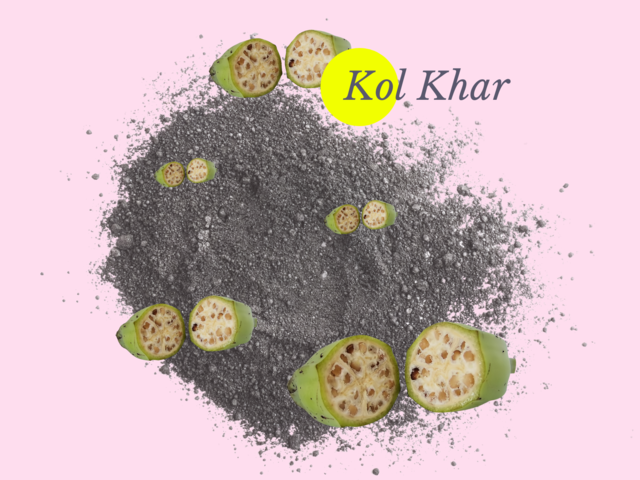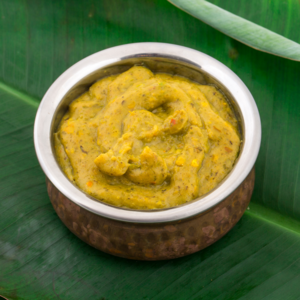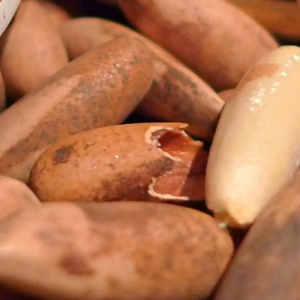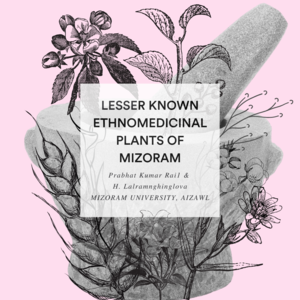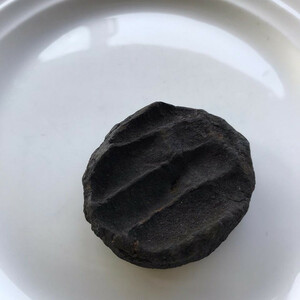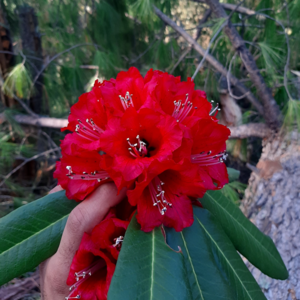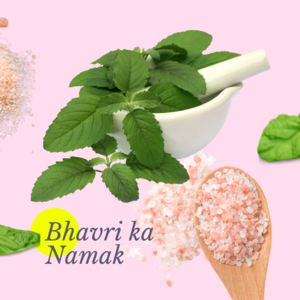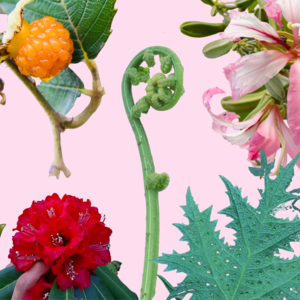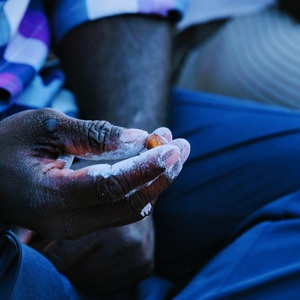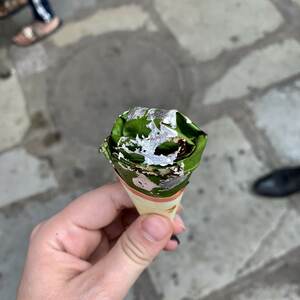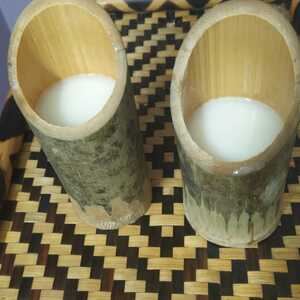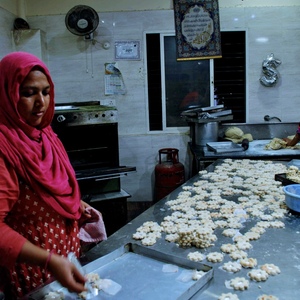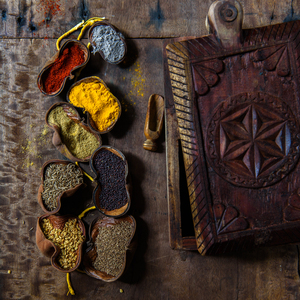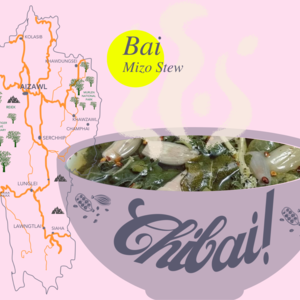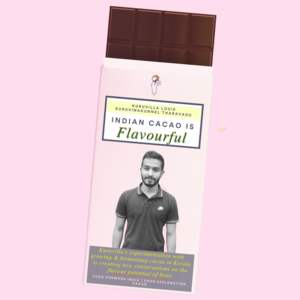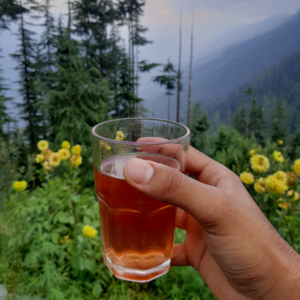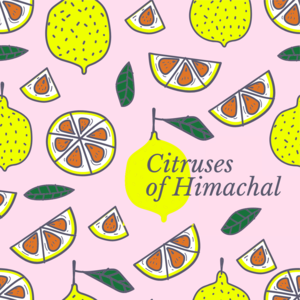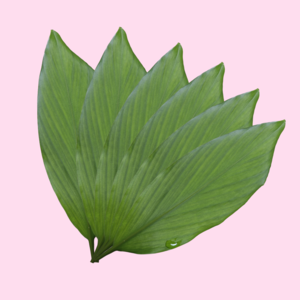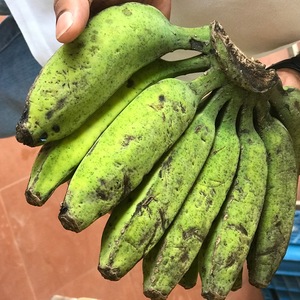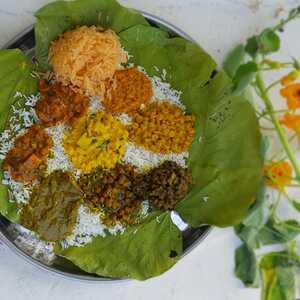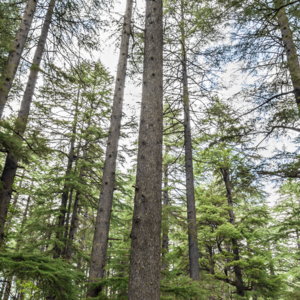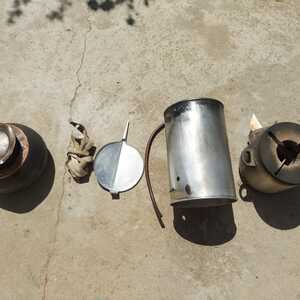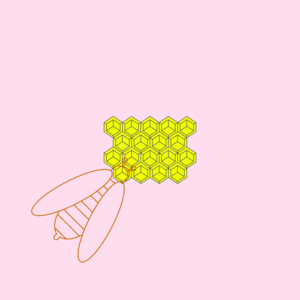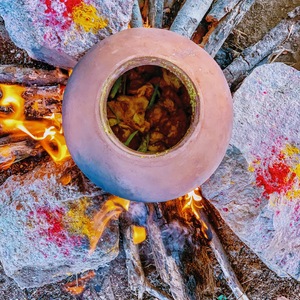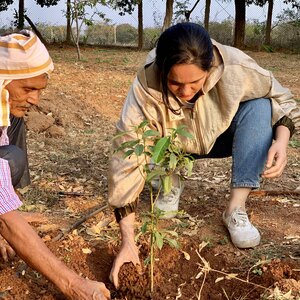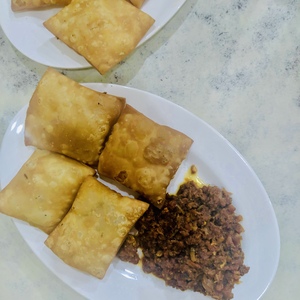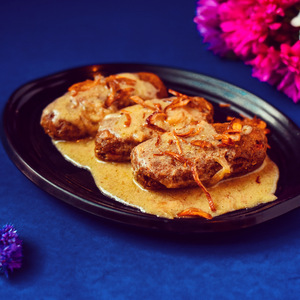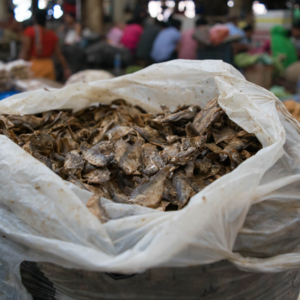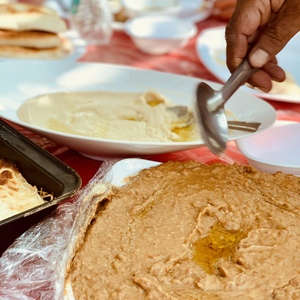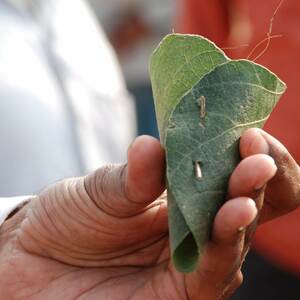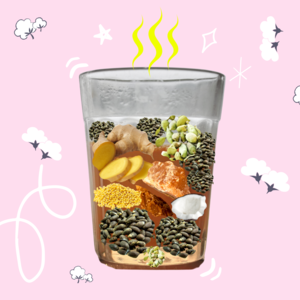Kol Khar is the alkaline extract from the ashes of burnt dried banana peels. The banana variety commonly used is Musa balbisiana, locally known as the Bhimkol or Athiyakol.
This unique banana plant is described to have seeds the size of black pepper, and the tree is known to be taller than most varieties. To make the Kol Khar the the peels of the mature fruit or the bark of the banana tree is first sun dried and then burnt to an ash.
Once cool, the ash is mixed with water, allowed to settle down and then filtered out. Traditionally a half coconut shell is used as the leaching/filtering container. The shell is filled with ash and the water is allowed to pass through. Slowly dripping down, alkaline liquid is collected in a container below.
How is Kol Khar used in the Assamese Kitchen?
Chef Megha Agarwal tells us that water distilled from the ashes of the burnt banana stem/peels was earlier used as a replacement for salt but now having its own class of dishes by the same name.
“Khar makes an alkaline dish (with lentils, vegetables or greens and fish head) and is mostly always eaten for lunch along with our sour fish curries. Also, it is very helpful to balance the body’s PH levels since the soil in Assam is very acidic and; all the produce that grows invariably turns sour.” says, Chef Megha.
Scroll through our full interview with Chef Megha Agarwal to get a glimpse into more such elements of the food of Assam.
Dr Geeta Dutta (who blogs at A Foodies' Diary) also adds on, "It's (Khar) as old as the civilization of the Brahmaputra valley. That's why we Assamese are called Kharkhuwa, the khar eaters."
Dr Geeta Dutta (who blogs at A Foodies' Diary) also adds on, "It's (Khar) as old as the civilization of the Brahmaputra valley. That's why we Assamese are called Kharkhuwa, the khar eaters."
📷Musa balbisiana Image Credit: Warut Roonguthai, CC BY-SA 3.0 <https://creativecommons.org/licenses/by-sa/3.0>, via Wikimedia Commons
